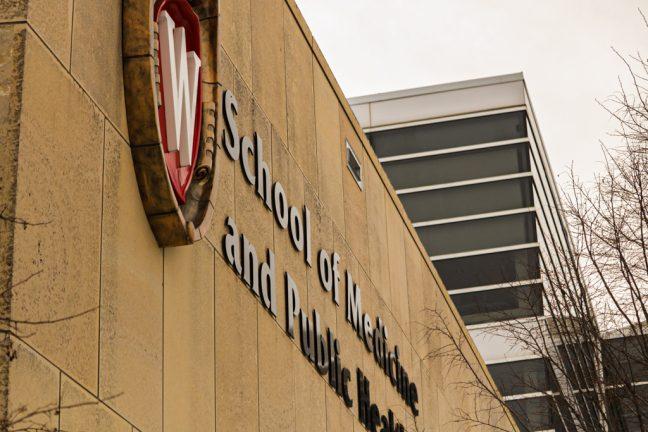A recent study that including several University of Wisconsin researchers has uncovered a troubling link between historical housing discrimination practices and current childhood asthma rates, highlighting the long-lasting health impacts of structural racism in American cities.
Published in the American Journal of Respiratory and Critical Care Medicine, the study found children living in neighborhoods once designated as “high-risk” for mortgage lending — a practice known as redlining — face a significantly higher risk of developing asthma compared to those in other areas.
This study succeeded due to its inclusion of several cohorts: Madison, New York and rural areas. A researcher involved in the rural cohort study, Dr. Christine Seroogy, explained the historical context. Researchers discovered a staggering 79% increased risk of asthma in children residing in homes that were part of neighborhoods given the lowest “D” rating by the Home Owners’ Loan Corporation in the 1930s, according to the study.
This government-sponsored corporation played a pivotal role in shaping urban landscapes through its neighborhood assessment practices, often based on racial segregation, according to Seroogy.
“Redlining refers to a practice our country did back in the 1930s. It was a way of rating neighborhoods in cities based on demographics and income,” Seroogy said.
The study used data from the NIH-funded Children’s Respiratory and Environmental Workgroup consortium, which combines information from 13 birth cohorts across the United States, Seroogy said.
This extensive dataset allowed researchers to overlay historical redlining maps with current addresses and asthma rates, Seroogy said.
“We were able to do that with the large numbers of children as part of CREW, and then overlap that with the current addresses … looking at historically redlined areas where these children live, what was the rate of asthma, and could that be linked to living in a historically redlined area,” Seroogy said.
The results were clear — there was a direct relationship between living in formerly redlined areas and increased asthma rates in children, Seroogy said.
Redlining initially intended to prevent housing foreclosures, the system was not as effective as hoped. Disadvantaged communities, which were mainly minorities, did not get support for housing. Though the practice was eventually banned, its effects have persisted for generations, Seroogy said.
UW Professor and expert in urban economics Christopher Timmins offered insight into why these health disparities persist.
“A lot of what I think about when I’m thinking about environmental justice is actually income inequality at the societal level,” Timmins said.
Lower-income families often face difficult trade-offs between affordable housing and environmental quality. It’s not a preference for pollution, but a lack of alternatives, Timmins said.
The study’s findings extend beyond individual health concerns, pointing to broader issues of environmental justice and urban planning. The lack of infrastructure, historically, put children at risk for developing asthma and other health conditions, Seroogy said.
These neighborhood factors include limited access to green spaces, proximity to industrial areas and major roadways with higher levels of air pollution and poor housing quality which all lead to health disparities — including Asthma, Seroogy said.
Potential policy interventions include improving access to affordable, stable and safe housing for low-income families, Seroogy said.
Other proposed strategies such as mandating affordable housing in redeveloped areas and giving current residents options to purchase homes at subsidized rates to prevent displacement, Timmins said.
But both experts acknowledged the complexity of the issue.
“We could put all the pollution in the rich neighborhood, and then people are going to relocate based on that, and the rich people will move out of the rich neighborhood to the place where there is no pollution,” Timmins said. “Poor people will move in not because they like the pollution, but because they can’t afford not to and then you’ll end up again with the same exposures.”
The study included data from seven U.S. cities, including Madison. While the link between historical redlining and asthma rates was not as strong in Madison compared to larger urban areas like New York City or Boston, the findings still underscore the need for local action, Seroogy said.
Looking ahead, researchers emphasize the need for further studies to better understand the specific environmental factors contributing to asthma development in these communities, Seroogy said.
Seroogy is also involved in comparative research examining why children in rural farming communities have lower rates of asthma and allergies, hoping to uncover protective factors that could be applied in urban settings.
This study contributes to a growing body of evidence on the health impacts of structural racism, demonstrating how historical policies continue to shape public health outcomes today. As cities grapple with these legacies, the research underscores the importance of considering health equity in urban planning and development decisions, Timmins said.
“If we don’t fix income inequality, people are always gonna end up making these choices to have to put up with this stuff,” Timmins said.


